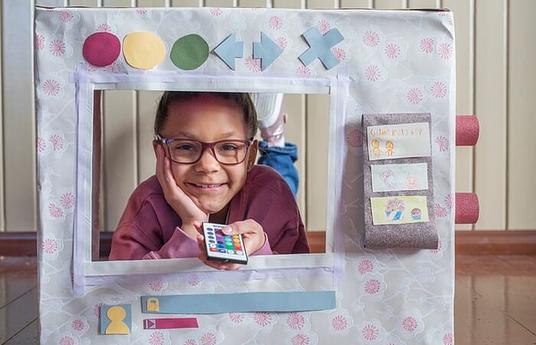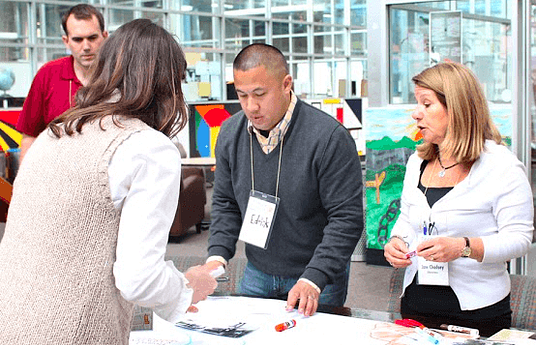The Hillman Academy, previously known as the UPCIAcademy, was established in 2009. It is a joint initiative by the University of Pittsburgh (Pitt), the University of Pittsburgh Medical Center (UPMC), and the Hillman Cancer Center (HCC), which are, respectively, a top-tier Research I University ranked fifth in NIH funding, a nationally ranked academic healthcare system, and an NCI-designated comprehensive cancer center. The HCC is the only National Cancer Institute designated Comprehensive Cancer Center in western Pennsylvania making it the preeminent institution in the region for the delivery of cancer care, performance of basic, translational, and clinical research, and the education of the next generation of cancer researchers and physicians.
Our Mission
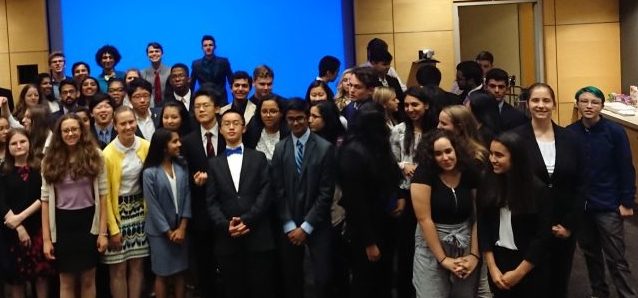
We strive to provide one-on-one mentorship through authentic, cutting-edge cancer research and career preparatory experiences to a diverse group of highly motivated high school students interested in pursuing STEM fields, especially research and medicine. We aim to increase the number and diversity of students prepared for research and medical careers. Our long-term goal is to broaden participation in these fields, which will enhance cancer research and therapy and reduce health disparities.
What We Provide
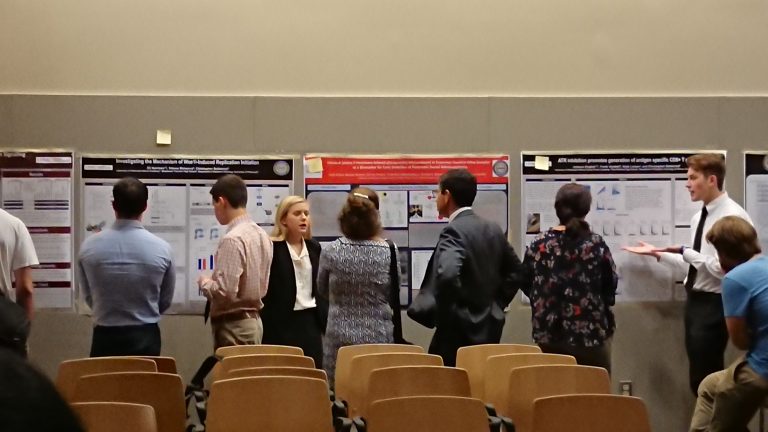
1. Research and Mentorship. The Hillman Academy is an eight-week, intensive summer program in which students spend the vast majority of their time in labs, immersed in a graduate-level research project. They work one-on-one with a faculty, postdoc, or graduate researcher at the University of Pittsburgh or UPMC. Over 120 unique faculty members and hundreds of additional graduate students and postdoctoral fellows have served as mentors, guiding students through a portion of their actual research agenda. Students become experts in their topics and at the end of the program create a poster and give a 10 minute presentation about their own research. Posters are presented on the final day in a judged poster symposium to give students an opportunity to show what they learned to over 200 people.
2. Academic and Career Development Experiences. We supplement the lab and research time with didactic lectures and activities such as journal clubs, lectures, and keynotes from career scientists. Based on their interests, students will be hosted by one of six research sites that has its own focus, tailored curriculum, and rich environment. The six sites are:
- Cancer Biology
- Tumor Immunology
- Computer Science, Biology and Biomedical Informatics
- Women's Cancer Research
- Computational Biology
- TechDriveX that consists of Bioengineering, Genetics, Regeneration, Cancer Environment, Aging, and Microbiology.
The experiences at each site are well-aligned with the next generation science standards (NGSS) with research projects and didactic training that both cover the eight NGSS-defined practices and focus on core and cross-cutting ideas in numerous scientific fields with culturally responsive pedagogy. Students will read scholarly articles to supplement their research topic and learn how to communicate effectively by sharing what they learned with their peers and mentors. We provide classes to teach basic science skills that are likely untaught at their high schools. The students also participate in career development workshops on diversity, inclusion, leadership, communication, etc. guided by leaders of community and institutional organizations. Lastly, we bring in a diverse group of researchers and STEM professionals to both educate the students and provide perspective and ideas about their scientific careers and career paths.
3. Stipends, lunches, and transportation. As part of our commitment to broadening participation, we pay stipendsof $2400 + free lunches and bus passes to all students from populations that are underrepresented in the biomedical sciences. We also offer free housing to a limited number of underrepresented students that live too far from campus or cannot easily commute. The program is free of charge to all other students, but they do not receive a stipend.
Our Students

Our program recruits a variety of students both locally and nationally (25 states), from different ethnic, educational, and socioeconomic backgrounds. We have grown from 5 students to support ~65 high school students and 4 undergraduates per year. Over our 10 year history we have offered 429 internships to 378 students, 155 of which are from underrepresented or disadvantaged backgrounds (URM/DA). For their work in our Academy alumnihave won numerous scholarships and awards (7 International Science and Engineering Fair qualifiers and 2 Intel Student Talent Search Semifinalists in past 2 years), coauthored over 30 manuscripts, over 20 students have presented at national scientific conferences, and many continue research both with us and at the top institutions that they now attend. We continue to support our alumni for years after they participate. To date, 24 URM/DA students received paid research opportunities in leadership roles as senior students and/or resident advisers for participation in subsequent years of the Academy.
Growth and Longitudinal Success
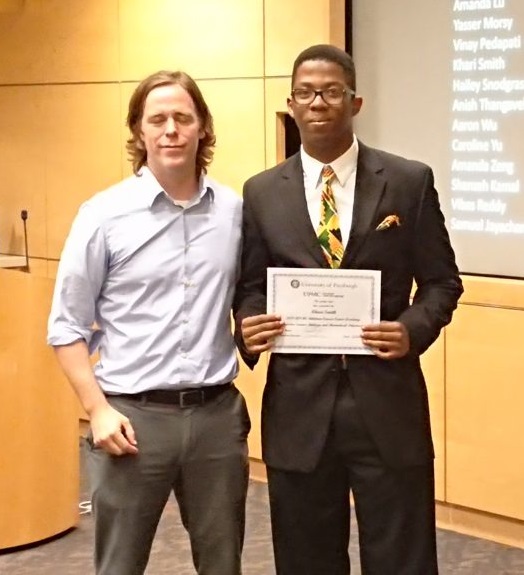
Over the past ten years, the Hillman Academy, which was recognized in 2014 with the Carnegie Science Center Leadership in STEM Education award, has trained and mentored nearly 400 students from over 60 high schools. Of the 160 URM/DA students, 99% have matriculated into college and 93% of those with declared majors have matriculated into science and healthcare majors and fields. Over 100 faculty members have supported our students as hosts and mentors. Since its inception, the program has grown from 5 students in the Hillman Cancer Center to become an internationally recognized STEM program that provides unique and complex science research learning experiences to approximately 60-70 high school students and 4 undergraduates each year in labs across 15 departments at the University of Pittsburgh and 6 physical locations throughout Pittsburgh. Altogether the program provides authentic research experience, professional development, and quality mentorship and has a proven record of helping students excel in the STEM fields and solidify their career choices .

